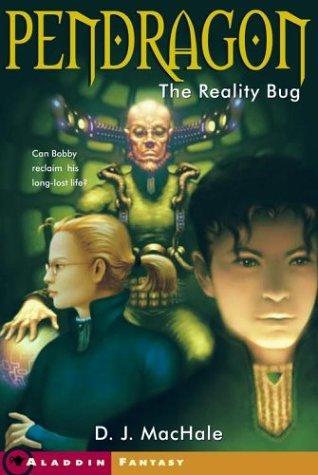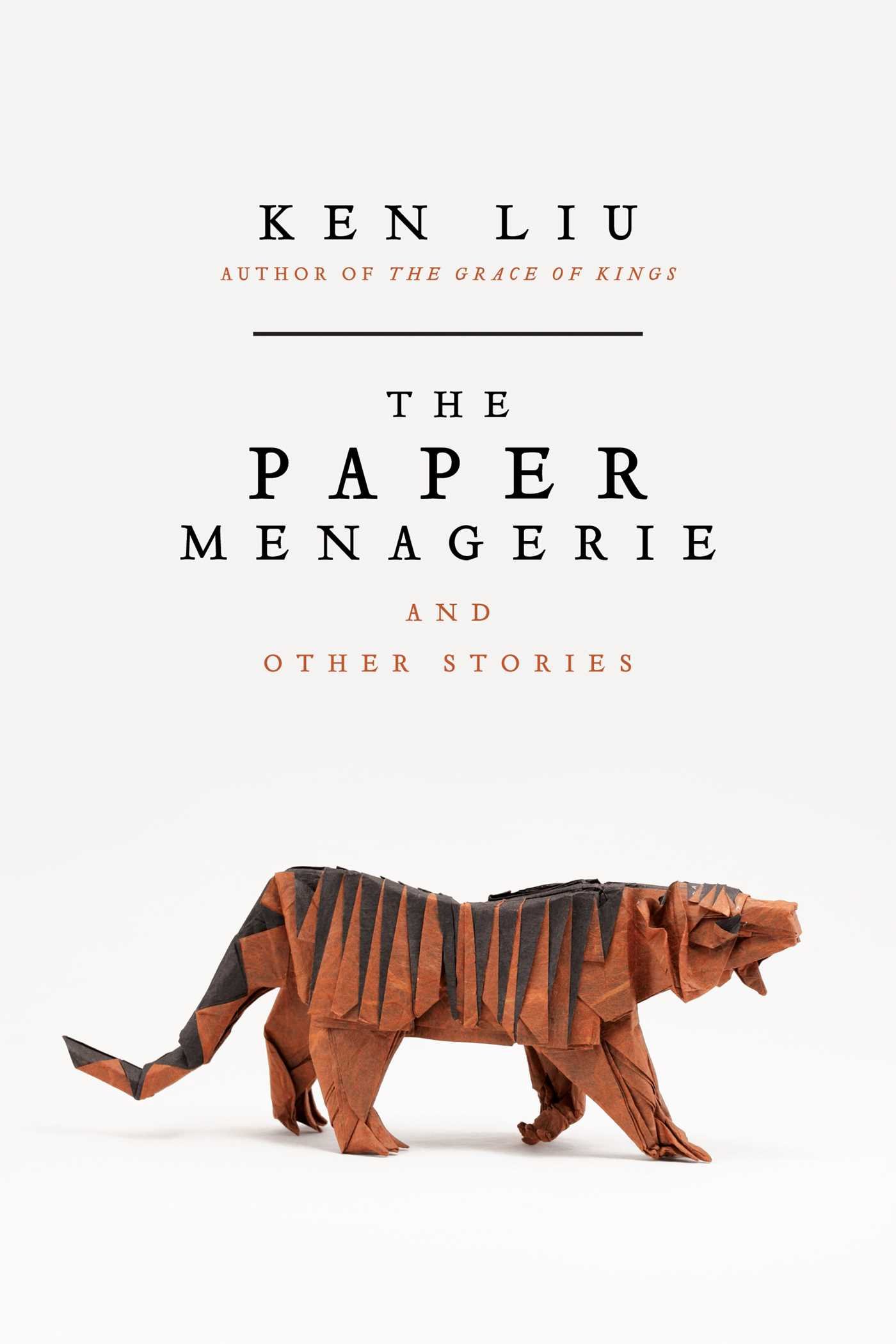[button color=”black” size=”big” link=”http://affiliates.abebooks.com/c/99844/77798/2029?u=http%3A%2F%2Fwww.abebooks.com%2Fservlet%2FSearchResults%3Fisbn%3D9780140367065″ target=”blank” ]Purchase here[/button]
Edith Nesbit’s first children’s novel is also one of her best-known and most popular. I have found references to the Bastable children in books by Edward Eager and C.S. Lewis. Set in the London suburb of Lewisham in about 1899, it is a story so warmly and wittily told, filled with such delightful characters and memorable events, that it seems filled with magic even though nothing at all “supernatural” ever comes into it.
The narrator is one of the six Bastable children, whose mother is dead, and whose father’s time is taken up trying to keep his business afloat after a crooked partner ran away with a lot of the firm’s money. They can’t afford to go to school, and to look after them at home they have only Eliza, the general servant, who must single-handedly cook, keep house, and (ahem) suffer the children.
From the eldest to the youngest– and you have to find out for yourself who the narrator is– the children are Dora, Oswald, Dicky, sweet Alice and her frail twin brother Noël, and H. O. (Horace Octavius). And each child has a fool-proof idea for how to restore the family’s fallen fortune– or at least, earn a little pocket-money, since their allowance was one of the first things to go.
Those who know only a little about this story will instantly form a mental picture of the children digging for buried treasure in their backyard, but this is only the first of many adventures of these young treasure-seekers. They also try being detectives, bandits, and newspaper editors. They sell some of Noël’s poems, and they try to sell mail-order wine. They meet a real princess and a money-lender (to understand the multi-layered irony going on here, it helps to know that G.B. also stands for “Golden Balls”– a term for pawnbrokers that is about as flattering as calling your doctor a “sawbones”). They rescue a rich man from mortal peril, they foil a break-in, and they use an umbrella as a divining rod. And in spite of rash ideas and unintended trouble, they prove to be generous, noble, brave, and honest.
Of course, they don’t get along perfectly. In fact, they are about as beastly to each other as six siblings ordinarily are. In the voice of her narrator, Nesbit has achieved a remarkable combination of affection, honesty, and satire that place her among the foremost practitioners of the art form known as picaresque. I especially loved hearing her narrator say that he disapproved of letting women smoke because it would give them ideas (knowing that Nesbit herself was both an outspoken feminist and a heavy smoker). And when things turn out unashamedly like a story out of Dickens, you can’t help feeling that the comparison works out in Nesbit’s favor.
Perhaps recollections from Nesbit’s own childhood contribute to the sense of loving detail and self-effacing irony in this story. It couldn’t hurt that she was simply a good writer. But her love for these characters is shown, and our love for them is gratified, in that she wrote two other books featuring the Bastable children: The Wouldbegoods and New Treasure Seekers. The tough part is finding them in print!



